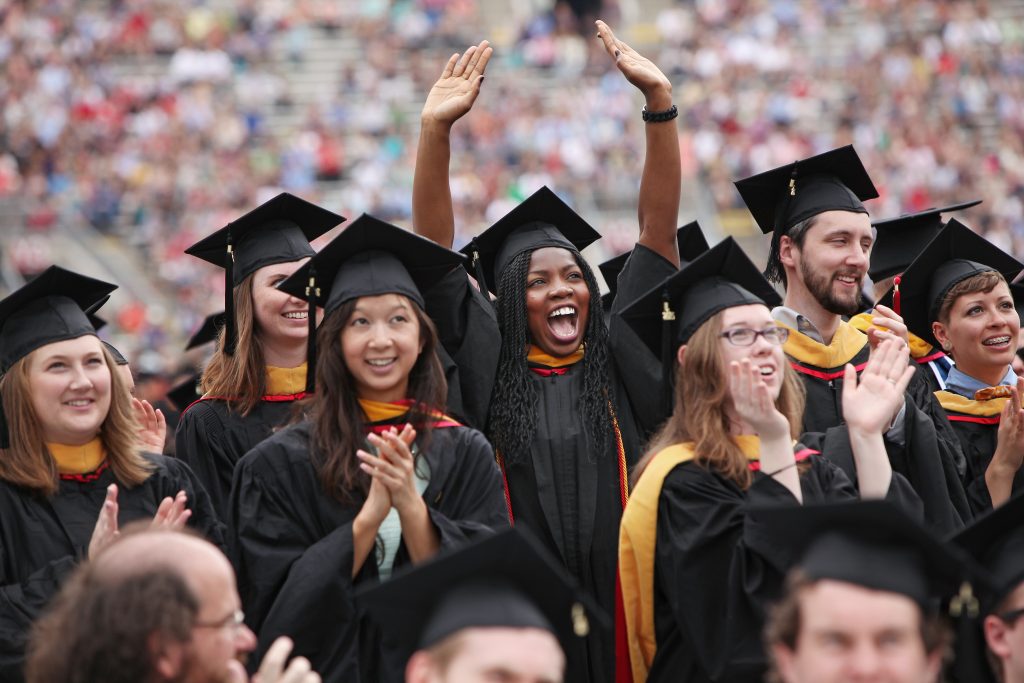 Income and racial gaps have long been an obvious controversy among schools in the United States; and more and more it seems that these gaps are becoming obvious. New research from Sean F. Reardon of Stanford University and Ximena A. Portilla of the research firm MDRC suggests that this trend may be changing.
Income and racial gaps have long been an obvious controversy among schools in the United States; and more and more it seems that these gaps are becoming obvious. New research from Sean F. Reardon of Stanford University and Ximena A. Portilla of the research firm MDRC suggests that this trend may be changing.
The researchers compared data among various nationally representative samples of more than 40,000 children who had started kindergarten in 1998, 2006, and 2010. Looking at these numbers, the researchers found, during that period, children from both the poorest 10 percent of families and children from the wealthiest 10 percent of families showed improvement in early-reading as well as math assessments. More importantly, the data they studied showed that the most impoverished students made the largest improvements. Furthermore, as a result of this, poor students have been able to close the academic gaps that had once been so prevalent by as much as 10 percent in early math and an impressive 16 percent in early reading.
Reardon comments, “I think what’s surprising is that the income gap has narrowed … when some of the underlying conditions—growing income equality and residential segregation—have continued unabated.”
Thus, young children, in general—and the poorest, in particular—are getting more truly enriching attention from their parents and are gaining more and more access to a wider selection of free educational resources.
Still, Parlakian reminds that despite the progress, the gaps remain quite daunting.
The gaps remain daunting in spite of the progress, he says. “We also have to remember: What it means to be prepared for school is a moving target.” He inquires: “Would I have been prepared for kindergarten today? No. Because the expectations for kindergarten have changed dramatically.”
The data shows that the school “readiness” gaps between affluent and poor students has closed only about half as quickly as they had opened between the 1970s and 1980s. If they do continue to close at the present rate, however, experts theorize that it could be another 100 years before we see poor and wealthy students begin their education on equal ground.
